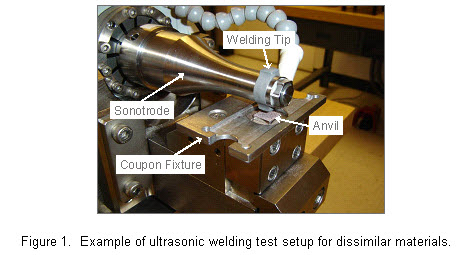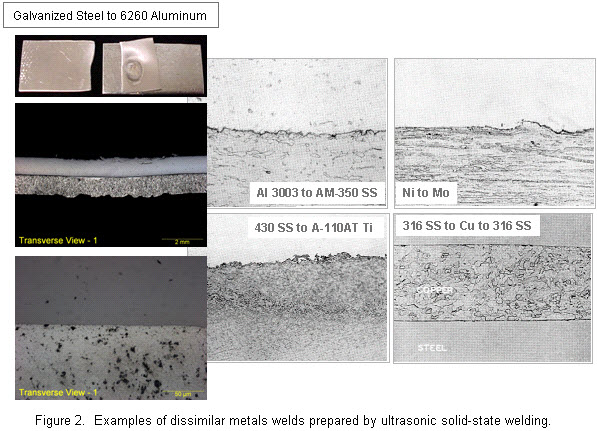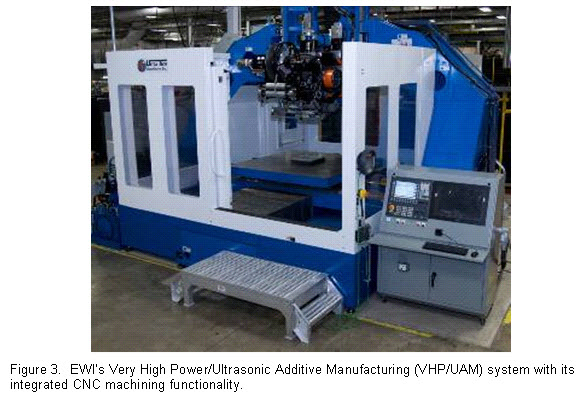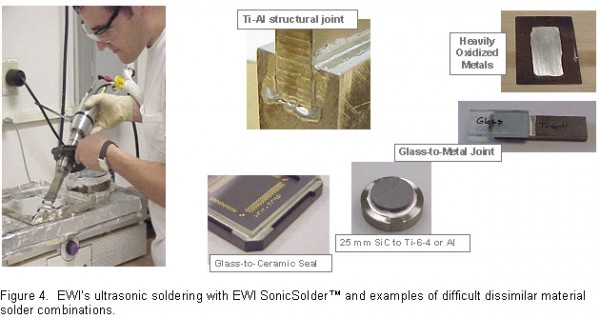
Design engineers are increasingly faced with the need to join dissimilar materials as they are seeking creative new structures or parts with tailor-engineered properties. Sometimes a part needs high-temperature resistance in one area, good corrosion resistance in another. Structures may need toughness or wear resistance in one area combined with high strength in another location. Improving the ability to join dissimilar materials with engineered properties are enabling new approaches to light-weighting automotive structures, improving methods for energy production, creating next generation medical products and consumer devices, and many other manufacturing and industrial uses.
Dissimilar materials joining can be described as combining materials or material combinations that are often more difficult to join than two pieces of the same material or alloys with minor differences in composition; however, many dissimilar materials can be joined successfully with the appropriate joining process and specialized procedures.
Since 1970, over 20,000 articles have been published on dissimilar material joining (DMJ). Most of the DMJ research during this period of time has been associated with metallic systems most commonly used in industry including carbon and low-alloy steels, stainless steel, nickel, copper, and aluminum alloys. There has also been increasing research of DMJ involving titanium alloys, ceramics, polymers, and composites materials starting from the 1980s and 1990s. Increased use of these materials for engineering applications is growing because of special performance requirements for corrosion resistance, high strength-to-weight ratio, erosion resistance, or high-temperature strength.
Our work with solid-state joining technologies, especially very high power ultrasonic additive manufacturing (VHP/UAM, or simply UAM), inertia welding, and friction stir welding is leading to many exciting new developments and design opportunities.
A number of factors must be taken into consideration when designing a dissimilar material joint, including:
- Joint design and material thicknesses
- Differences in melting temperature
- Thermal expansion-contraction mismatch during joining and in service
- Fixturing and constraint effects on joining stresses
- Formation of brittle intermetallic compounds during joining which may lead to brittle joints
- Heating and cooling rate effects on the microstructure of the joint, which may affect the strength and precision control of heat input
- Needs for pre and post heating to minimize stresses during welding and cooling
- Needs for composite transition materials or special filler materials during joining
- Potential for galvanic corrosion problems in service
A key finding from EWI’s long history and experience with joining dissimilar materials is that no one process or set of processing parameters is best or fits all situations for all material combinations. Each process has advantages and limitations. A dissimilar material joint is best viewed as a special application with unique requirements. Successful dissimilar metal joints are often vital for the technical performance and commercial success of a design, frequently requiring proprietary development work. For these reasons, relatively few case studies of dissimilar materials joining have been published in open literature.
Joining processes for dissimilar materials may be grouped as follows:
- Fusion arc welding processes: shielded metal arc welding (SMAW), gas tungsten arc welding (GTAW or TIG), gas metal arc welding (GMAW), and plasma arc welding (PAW)
- Other fusion welding processes: laser welding, resistance spot and projection welding, resistance seam cladding, flash butt welding, plasma arc, and electron beam welding
- Solid-state joining processes: friction stir welding, ultrasonic welding, friction and inertia welding, diffusion bonding, explosive bonding, and roll cladding
- Brazing and soldering
- Adhesive bonding
EWI has considerable experience, working with our members to develop joining methods for a wide variety of dissimilar materials using most of these processes. Our work ranges from small-scale, microjoining applications to large-scale industrial efforts. Figure 3 shows our Very High Power/Ultrasonic Additive Manufacturing (UAM) system. This system builds up structures from strip materials using high power ultrasonic welding, performing machining as needed with each layer, and providing the capability to build up unique structures from dissimilar metals. As an example, watch our video of this system creating decorative pins from copper and aluminum materials.
EWI is also advancing soldering technology for dissimilar materials with our patented active solder alloy, EWI SonicSolder(TM), which works in conjunction with the ultrasonic soldering process. Ultrasonic soldering with EWI SonicSolder offers the advantages of fluxless, lead-free soldering with the ability to join difficult-to-wet materials.
To find out more, contact us here



